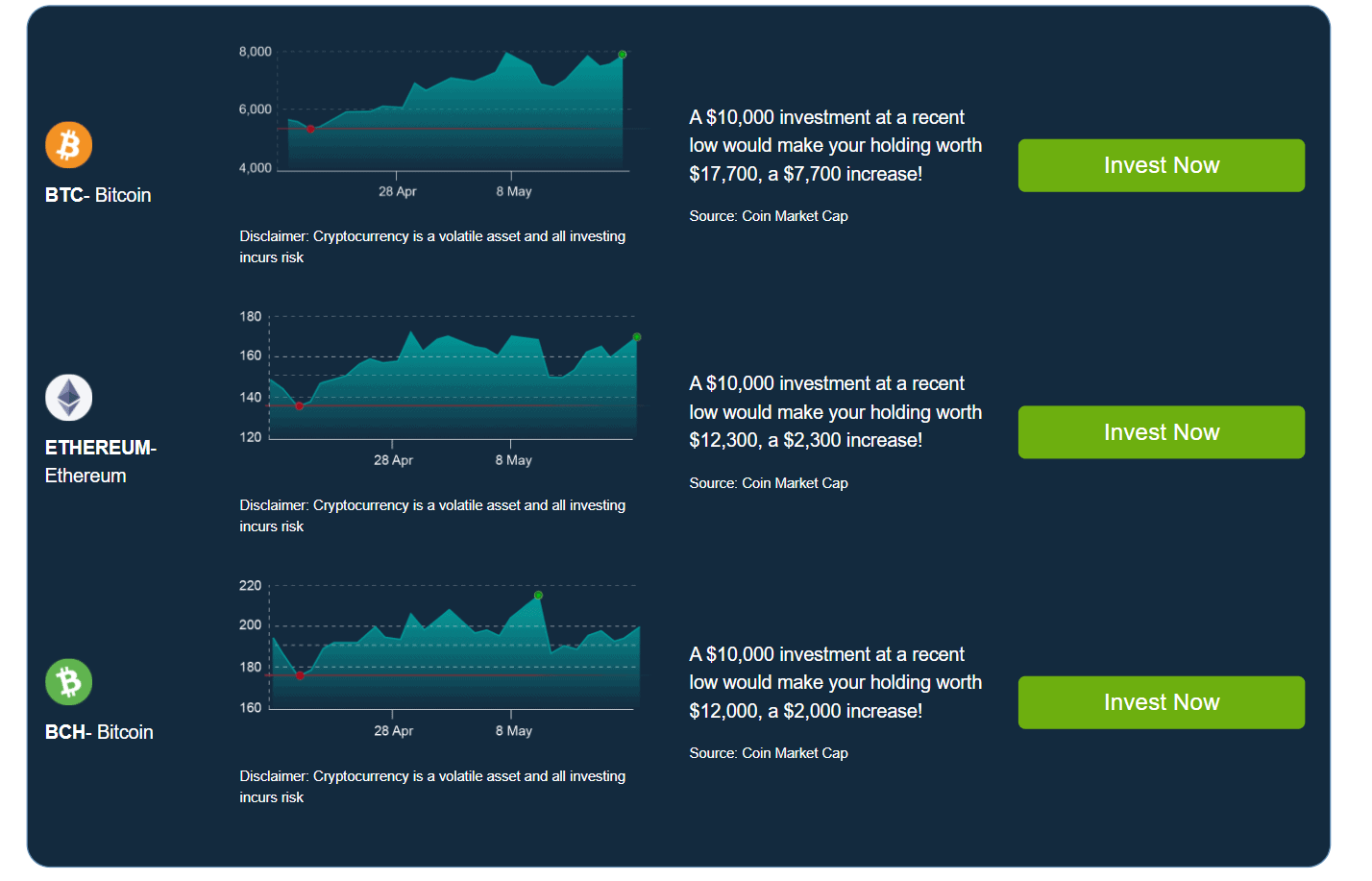In today’s fast-paced retail and service environment, small businesses face increasing pressure to compete with larger chains and e-commerce giants. The secret weapon many successful small businesses are leveraging? A sophisticated POS system. Far more than just a digital cash register, modern point-of-sale solutions serve as comprehensive business management hubs that can dramatically impact your bottom line.
This in-depth guide will explore exactly how implementing the right POS system can transform your operations, enhance customer experiences, and ultimately drive significant revenue growth. We’ll examine seven key areas where a POS system delivers measurable financial benefits, supported by real-world examples and actionable insights.
1. Accelerating Checkout Speeds to Boost Sales Volume
The Psychology of Waiting Lines
Research from Harvard Business Review reveals that perceived wait times significantly impact customer satisfaction. A study found that reducing actual wait time by 10% can increase customer satisfaction scores by up to 15%. This is where a high-performance POS system makes its first major impact.
Technical Advantages of Modern POS Systems
Today’s advanced POS systems incorporate multiple features designed to minimize transaction times:
- Multi-touchscreen functionality allows staff to process different parts of a transaction simultaneously.
- Barcode scanning acceleration with high-resolution cameras reads damaged or poorly printed barcodes.
- Offline mode capabilities ensure sales continue even during internet outages.
- Integrated payment processing eliminates the need for separate card terminals.
Real-World Impact on Revenue
A boutique clothing store in Melbourne reported a 22% increase in daily transactions after upgrading their POS system, simply by reducing average checkout time from 3.5 minutes to 1.8 minutes. During peak hours, this allowed them to serve 15-20 additional customers per day.
2. Intelligent Inventory Management for Optimal Stock Levels
The Hidden Costs of Poor Inventory Control
The National Retail Federation estimates that inventory distortion (overstocks and stockouts) costs retailers nearly $2 trillion annually. For small businesses, this often manifests as
- 35% of capital tied up in slow-moving inventory
- 20% of potential sales lost due to out-of-stock situations
- 15% food waste for restaurants and cafes
How POS Systems Transform Inventory Management
Modern POS systems offer sophisticated inventory tools, including
- Automated perpetual inventory tracking with real-time updates
- Advanced forecasting algorithms based on sales history and seasonal trends
- Vendor management modules to track supplier performance
- Waste tracking features particularly valuable for food businesses
Case Study: Inventory Turnover Improvement
A Sydney-based hardware store implemented a POS system with smart inventory features and saw their inventory turnover ratio improve from 3.8 to 5.2 within six months. This freed up $85,000 in working capital previously tied up in excess stock.
3. Building Customer Loyalty That Drives Repeat Business
The Economics of Customer Retention
Bain & Company research shows that increasing customer retention rates by just 5% can increase profits by 25% to 95%. Modern POS systems include powerful CRM tools that help
- Create detailed customer profiles including purchase history and preferences.
- Implement tiered loyalty programs with escalating rewards.
- Automate personalized marketing based on buying behavior.
- Track customer lifetime value to identify your most valuable patrons.
Loyalty Program Success Story
A Brisbane cafe using their POS system’s loyalty features increased repeat customer visits by 40% and saw average order value from loyalty members rise by 18% compared to non-members.
4. Data Analytics for Smarter Business Decisions
Moving Beyond Guesswork
Small business owners often make critical decisions based on intuition rather than data. A robust POS system provides:
- Real-time sales dashboards with customizable KPIs
- Product performance reports showing margins, sell-through rates, and seasonality
- Staff productivity metrics to optimize scheduling
- Customer traffic patterns for better staffing and promotions
Data-Driven Decision Making in Action
A Perth bookstore used their POS system analytics to discover that 68% of their weekend sales came from just 12% of their inventory. By reallocating shelf space based on these insights, they increased revenue per square foot by 31%.
5. Omnichannel Integration for Maximum Sales Opportunities
The New Retail Reality
Today’s consumers expect seamless shopping across
- Physical stores
- Online stores
- Mobile apps
- Social media platforms
A unified POS system enables:
- Centralized inventory management across all channels
- Click-and-collect functionality with real-time stock visibility
- Unified customer profiles regardless of purchase channel
- Consistent pricing and promotions across all touchpoints
Omnichannel Success Metrics
Businesses implementing omnichannel POS solutions typically see:
- 30% higher customer retention rates
- 15-20% increase in average order value
- 50% faster inventory turnover
6. Error Reduction That Protects Profits
The True Cost of Manual Errors
Common small business mistakes that a POS system eliminates:
Error Type
Average Cost
POS Solution
Pricing mistakes
2-3% of revenue
Automated price database
Cash drawer discrepancies
1.5% of cash sales
Integrated cash management
Tax calculation errors
Potential fines + reputational damage
Automatic tax computation
Discount application errors
0.8% of promotional sales
Rule-based discounting
Error Reduction ROI
A Melbourne restaurant reduced accounting discrepancies by 92% after implementing a POS system, saving approximately $18,000 annually in reconciliation time and correction costs.
7. Staff Management That Optimizes Labor Costs
Labor: Your Largest Controllable Expense
For most small businesses, labor represents 25-35% of total operating costs. A POS system with advanced staff features helps
- Track sales per employee to identify top performers.
- Monitor time and attendance to prevent time theft.
- Automate break calculations to ensure compliance.
- Implement performance-based incentives to motivate staff.
Labor Optimization Results
A retail chain implementing POS system staff management tools reduced labor costs by 11% while increasing sales per labor hour by 19% through better scheduling and performance incentives.
Implementation Roadmap: Getting the Most From Your POS System
To maximize the revenue-boosting potential of your POS system, follow this implementation strategy:
- Needs Assessment (Weeks 1-2)
- Analyze pain points in current operations.
- Identify key growth objectives.
- System Selection (Weeks 3-4)
- Match features to business requirements.
- Consider scalability for future growth.
- Data Migration (Week 5)
- Clean and organize existing product data.
- Import customer information where applicable.
- Staff Training (Week 6)
- Phased training approach
- Certification for key staff members
- Go-Live and Optimization (Weeks 7-8)
- Soft launch period
- Performance monitoring and adjustment
- Ongoing Utilization (Month 3+)
- Regular review of analytics
- Progressive feature implementation
Measuring Your POS System ROI
Track these key metrics to evaluate your POS system’s impact:
- Transaction speed (time per sale)
- Inventory turnover ratio
- Customer retention rate
- Average order value
- Labor cost percentage
- Gross margin improvement
Most businesses see a full return on their POS system investment within 6-12 months through these measurable improvements.
Future-Proofing Your Business
The next generation of POS systems is incorporating
- AI-powered sales predictions
- Augmented reality product displays
- Voice-activated ordering
- Blockchain-based inventory tracking
By implementing a modern POS system today, you’re not just solving current challenges—you’re building infrastructure for tomorrow’s retail landscape.
Final Thoughts
The right POS system serves as the central nervous system of your small business, connecting and optimizing every revenue-generating function. From the moment a customer enters your store (physical or digital) to the final sale and beyond, a sophisticated POS solution enhances every touchpoint.
The businesses seeing the most dramatic results are those that view their POS system not as an expense, but as a profit center—continuously exploring new features and analyzing data to uncover additional revenue opportunities.
In an era where customer expectations are higher than ever and competition is just a click away, can your small business afford to operate without these powerful tools? The numbers suggest the answer is clear—investing in the right POS system may be the most impactful decision you make this year for your bottom line.
Would you like a customized assessment of which POS features would deliver the most value for your specific business type? Our experts can help you identify the perfect solution to maximize your revenue potential.




